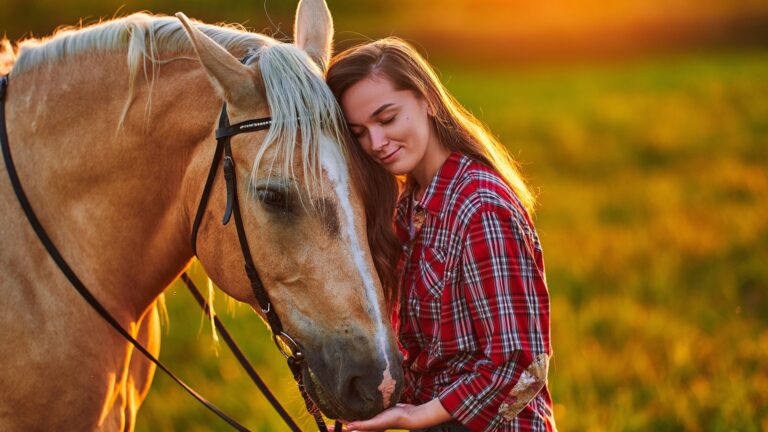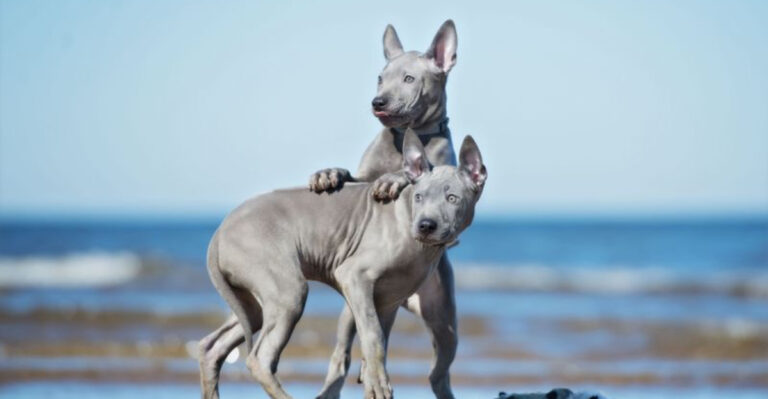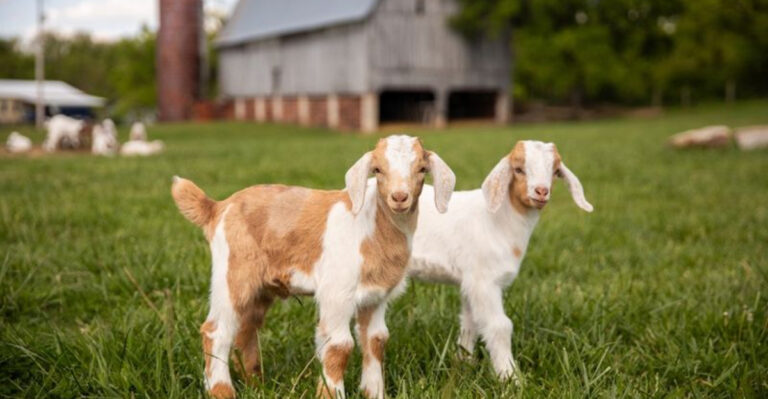15 Everyday Habits Driving Your Dog Up The Wall
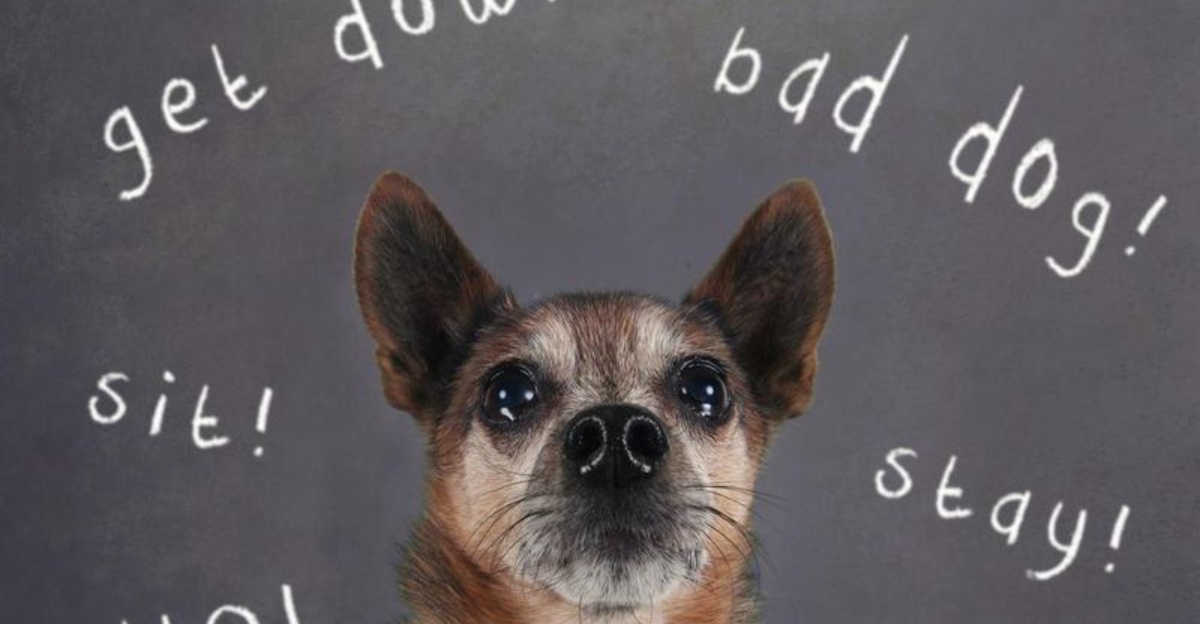
Ever wonder why your furry friend gives you that sideways glance? Dogs have their own likes and dislikes, just like us humans.
While we love our canine companions dearly, we might unknowingly be doing things that drive them bonkers. Understanding these pet peeves can help strengthen your bond and make your pup’s life happier.
1. Hugging Them Tightly
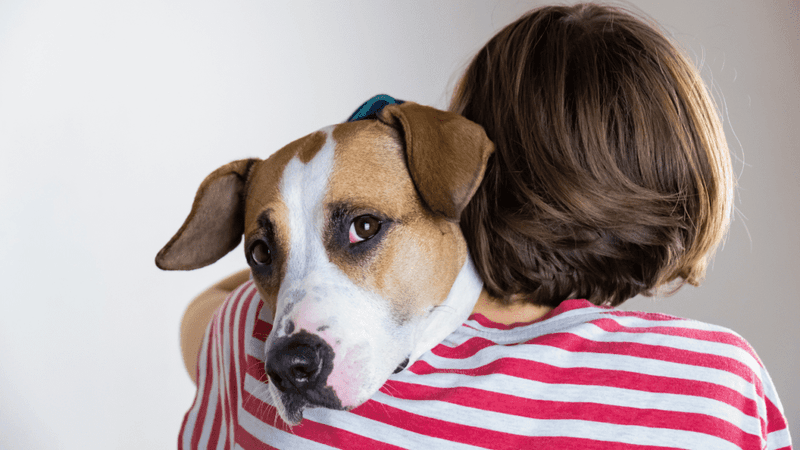
Arms wrapped around your dog might feel loving to you, but many canines interpret this as threatening or restraining. Dogs communicate through body language, not hugs.
Watch for signs of discomfort like stiffening, whale eye (showing whites), or ears pulled back. Instead of bear hugs, try gentle pets along the side or chest scratches most dogs actually enjoy.
2. Blowing In Their Face
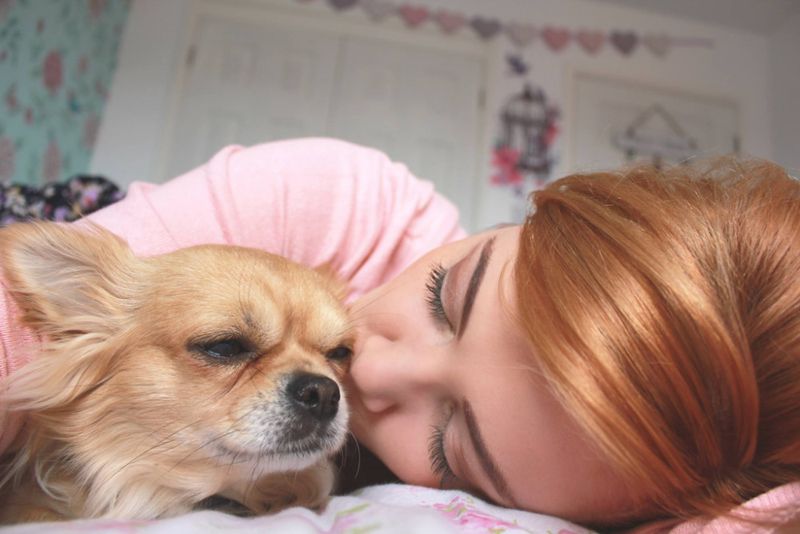
Sending a playful puff of air toward your dog’s snout might seem harmless fun, but it’s actually quite irritating for them. Their sense of smell is their primary way of experiencing the world.
When you blow in their face, it’s like someone suddenly blasting loud music in your ears. The sensation can be startling and unpleasant, potentially leading to distrust or even defensive reactions.
3. Staring Directly Into Their Eyes
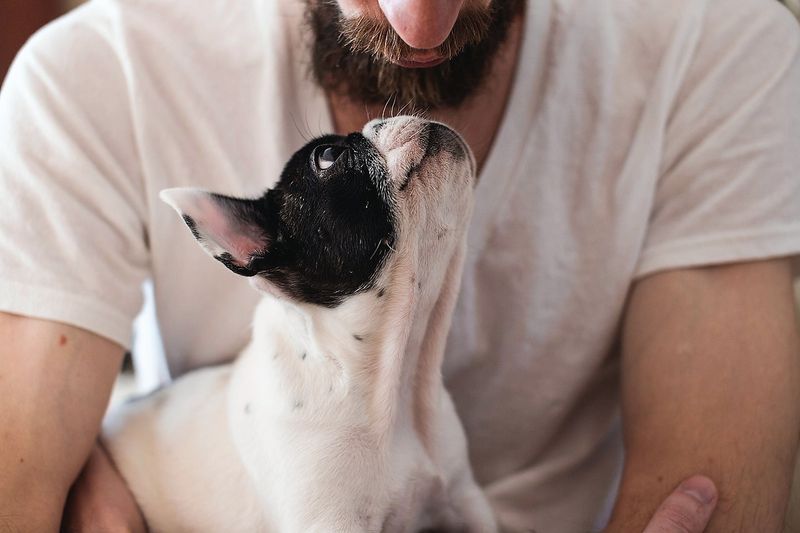
Locking eyes with your pooch isn’t the loving connection you might think. In dog language, direct staring is often interpreted as a challenge or threat.
Notice how your dog might look away or show signs of stress when you maintain eye contact too long. For friendly interaction, try the soft gaze approach – looking at them without intense focus – or glance away occasionally during your interactions.
4. Inconsistent Rules And Boundaries
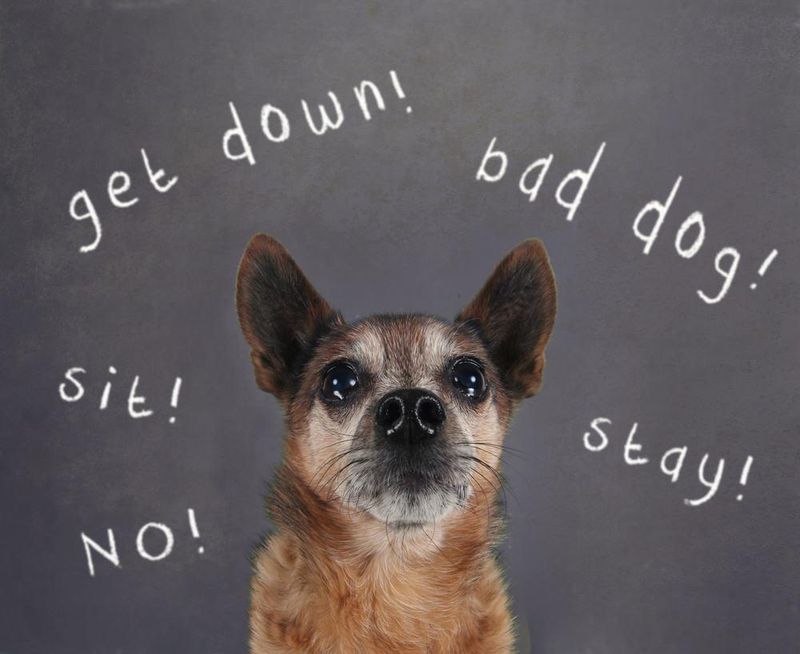
Monday they can jump on the couch, Tuesday they’re scolded for it. This flip-flopping of rules creates genuine confusion and frustration for your four-legged friend.
Dogs thrive on predictability and clear expectations. When boundaries constantly shift, they never learn what’s actually acceptable. Create household rules everyone follows consistently, giving your pup the security of knowing exactly what’s expected.
5. Forcing Unwanted Social Interactions
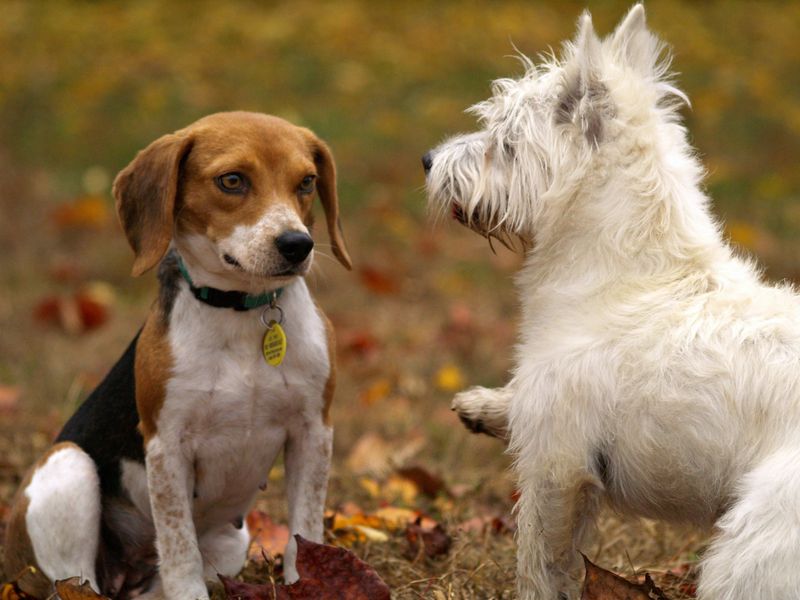
Dragging your reluctant pup to meet strangers or other dogs ignores their comfort level. Just like humans, dogs have individual social preferences and boundaries.
Forcing interactions can create anxiety and fear that may escalate to defensive behaviors. Respect when your dog signals they need space. Allow them to approach new friends at their own pace, creating positive associations instead of stressful ones.
6. Disrupting Their Sleep

Waking your snoozing pooch for cuddles or play might seem harmless, but dogs need 12-14 hours of quality sleep daily. Interrupted rest affects their mood and health just like it would yours.
Those adorable twitches during nap time are actually part of important REM sleep. Let sleeping dogs lie isn’t just an old saying – it’s solid advice! Create a quiet, comfortable sleeping space where your dog can rest undisturbed.
7. Leaving Them Alone Too Long
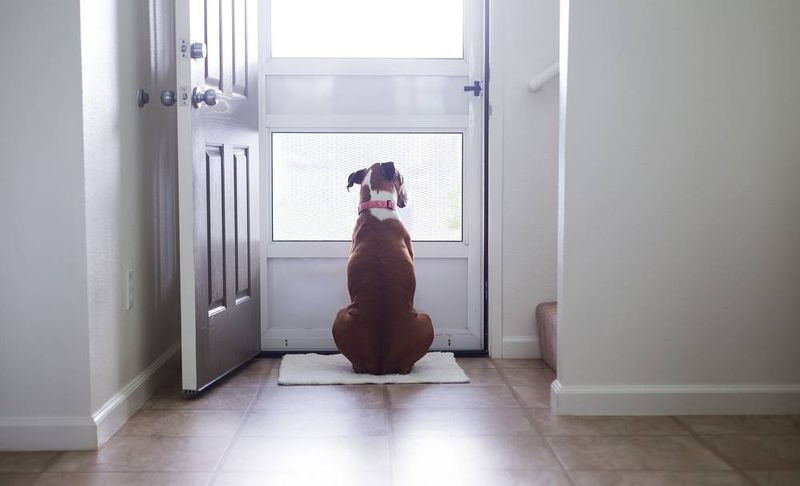
Your quick trip turned into hours away while your dog waits anxiously at home. Dogs are pack animals who genuinely suffer from extended isolation.
Boredom and loneliness can trigger destructive behaviors often mistaken for spite. Most dogs shouldn’t be left alone more than 4-6 hours regularly. Consider dog walkers, daycare options, or puzzle toys to break up long days if you’re frequently gone.
8. Teasing Or Rough Housing Too Much
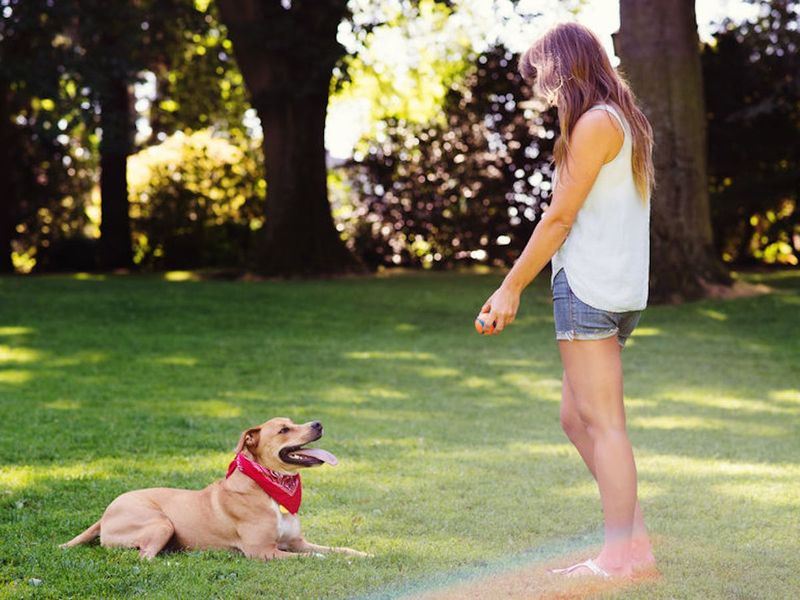
Playful teasing like fake throws or excessive roughhousing might seem fun but can frustrate or overstimulate your dog. Fake-outs with toys build distrust in play interactions.
Too much physical roughhousing can accidentally teach dogs that rowdy behavior is acceptable with everyone. Watch for signs your dog needs a break – panting heavily, walking away, or getting too excited. Balance excitement with calming activities.
9. Using Harsh Punishment

Yelling, physical corrections, or intimidation tactics damage your relationship with your dog while teaching fear rather than appropriate behavior. Dogs don’t understand punishment the way humans conceptualize it.
What looks like guilt is actually a stress response to your anger. Focus on rewarding behaviors you want to see more of instead. Positive reinforcement builds confidence and strengthens your bond without creating anxiety or confusion.
10. Ignoring Body Language Cues
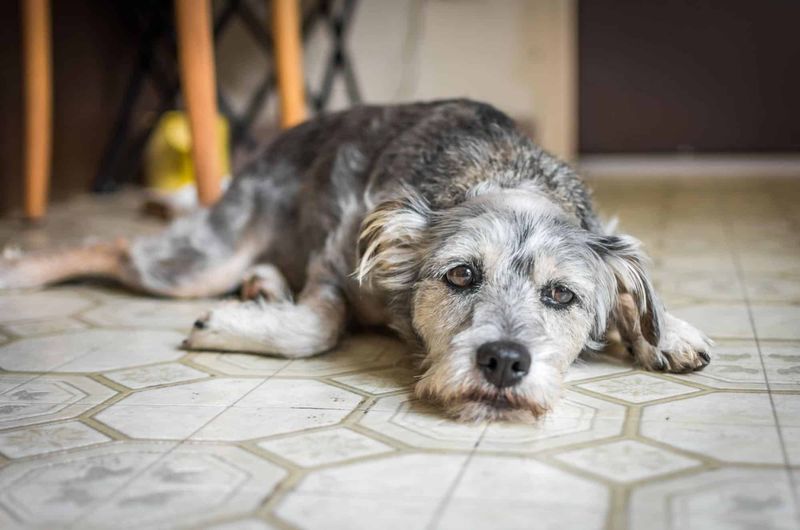
Your dog is constantly talking to you through subtle signals – yawning when stressed, licking lips when nervous, turning away when uncomfortable. Missing these communications frustrates them enormously.
Learning to read these signals is like understanding a new language. When your dog shows calming signals or stress indicators, respect what they’re telling you. Responding appropriately to their communication builds trust and prevents escalation to growling or snapping.
11. Skipping Regular Exercise
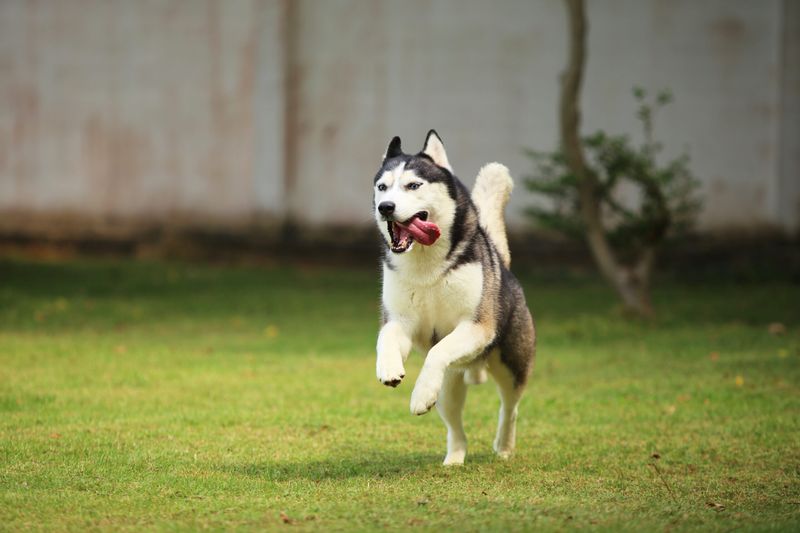
Canceling walks or play sessions might seem minor to you, but physical activity is crucial for your dog’s wellbeing. Energy builds up without proper outlets, leading to frustration.
Different breeds have different exercise needs, but all dogs require regular physical and mental stimulation. Behavioral issues like excessive barking, digging, or chewing often stem from unmet exercise needs. Consistent activity prevents these problems while strengthening your bond.
12. Overwhelming Them With Scents

Strong perfumes, cleaning products, or scented candles bombard your dog’s sensitive nose with overwhelming sensations. Their sense of smell is 10,000-100,000 times more powerful than yours!
What seems pleasant to you might be an assault on their senses. Consider using unscented products when possible, especially near their bedding and food areas. Proper ventilation helps disperse strong odors that might be causing your dog discomfort.
13. Constant Costume Changes
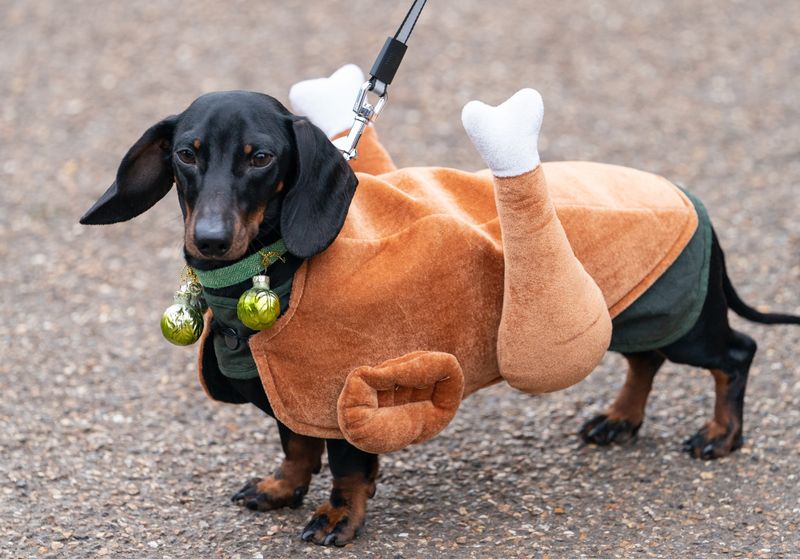
Dressing up your pup in elaborate outfits might rack up social media likes, but many dogs find clothing restrictive and stressful. Costumes can limit movement and natural cooling mechanisms.
Watch for signs of discomfort like freezing in place, trying to remove the outfit, or showing stress signals. If you must dress your dog, choose lightweight, properly fitted items for brief periods. Always supervise a dressed pet and prioritize their comfort over cuteness.
14. Unpredictable Handling And Touching
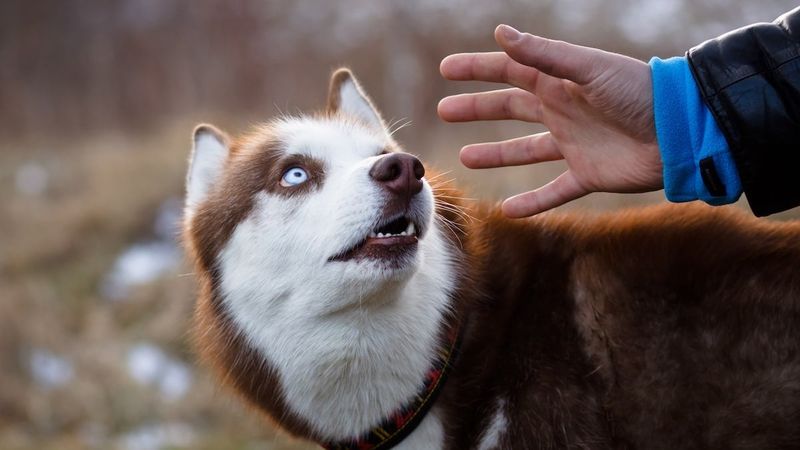
Sudden grabs, unexpected pats, or handling sensitive areas like paws and ears without preparation can make your dog jumpy and distrustful. Many dogs tolerate unwanted touching but don’t actually enjoy it.
Approach your dog where they can see you coming. Gentle, predictable touches in areas they enjoy being petted builds positive associations with handling. This makes grooming and vet visits less stressful for everyone involved.
15. Rushing Through Walks
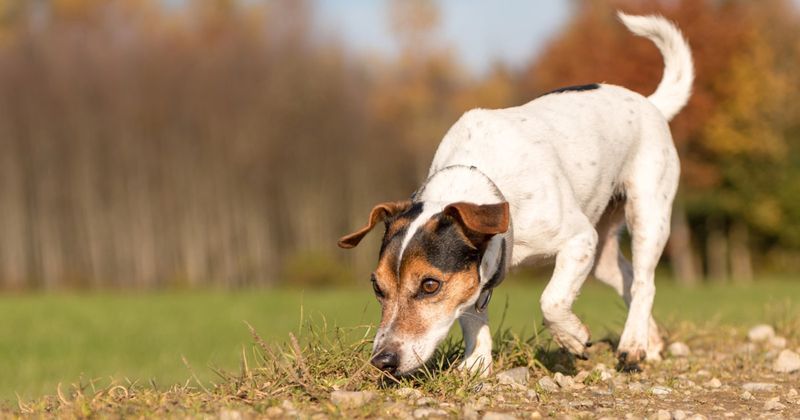
Quick potty breaks instead of proper walks rob your dog of essential mental stimulation. Dogs experience the world primarily through scent, and sniffing is crucial for their mental wellbeing.
Those stop-and-sniff moments are like reading the neighborhood news for your pup. Allow extra time for exploration during walks when possible. Dedicated sniffing time reduces stress and satisfies natural curiosity, creating a more content canine companion.



